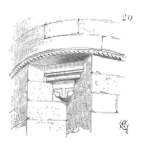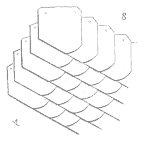
Attribute inspection is one of the most widespread and difficult-to-control measurement methods in manufacturing. Whether inspecting machined surfaces for cosmetic defects, checking weld quality, reviewing molded parts, evaluating assembly completeness, or using go/no-go gauges, many operations depend on human inspectors to make subjective judgments. [Read more…]












 Ask a question or send along a comment.
Please login to view and use the contact form.
Ask a question or send along a comment.
Please login to view and use the contact form.